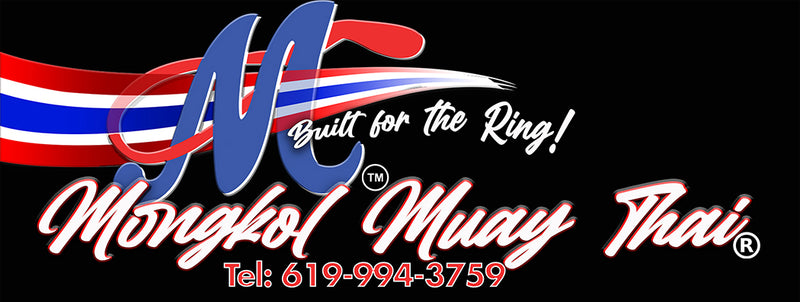
Why Do Muay Thai Fighters Wear Armbands And Headbands?
Muay Thai is a traditional art form that originates in Thailand. With a history that dates at least to the 16th century, it is not surprising that it is rich in Thai history and culture. Despite moving from the battlefield to the ring, the striking style still adheres to several rituals that are exclusive to the sport and have been used for hundreds of years.
Wearing armbands and a headband before entering the kickboxing ring is a tradition. Some western gyms follow this tradition, albeit to varying degrees. However, some conflicting information is available, so let's examine the significance and symbolism of these two crucial components of a fighter's outfit in more detail.
Armband
The fighters wear the armband, officially called the pra jiad, on either or both arms. This practice was prevalent before Muay Thai was regarded as a sport. The art of eight limbs is a development of a hand-to-hand combat system that was utilized in addition to military weaponry.
Warriors would be given a piece of their mother's clothing that was tied around the wrist or arm as they left for battle. This was typically taken from a sarong, which is a type of dress or piece of clothing. This was done as a sign of good luck, safety, and protection for the family.
The armband tradition continued to inspire courage and maintained its meaning of protection and good fortune when battle changed into combat sports.
The pra jiad is regarded as sacred. It should be treated with the utmost respect and should never touch the ground or be walked over; otherwise, bad luck will befall the combatant. It is typically blessed by monks or a Ruesi (shaman).
Every fighter training in Thailand wears an identical pair of Pra Jiad. Some are still made of cloth or fabric, but most are now nylon and only worn during fights. They are worn as the fighter enters the ring and throughout the battle. They do not indicate rank and are not worn during training.
Headbands
Thai fighters don the headpiece or headband as they enter the ring and execute the "Wai Kru Ram Muay" as the Mongkhon, or Mongkok.
This dance is essential to the nation's and sport's national ceremonial essence. It respects the family, the martial art, and the Thai monarchy while paying tribute to the Kru (teacher).
Fighters from the past are also remembered to give them credit for paving the way for future generations of warriors. After the dance, the boxer will return to his corner, where his coach will wait to pray for him and eventually take off the headband.
Additionally, the Mongkhonis get blessed by a monk, endowing them with magical protection. The fighter should not touch their headband, and their headband should not touch the ground.
The headband is a reward that the fighter receives after demonstrating perseverance and reaching a specific degree of experience in the eyes of his coach. The single mongkhon utilized throughout the gym represents the special bond between a kru and a nak muay (practitioner).
The Mongkhon, like the Pra Jiiad, dates back to when Thailand was at war when soldiers bound a piece of fabric around their heads before the battle. As they moved, they would sing encouragements for bravery, defense, and strength. This ultimately evolved into the headpiece that is familiar to us today.
Mongkol Muay Thai combines tradition with modern technology to create the best Muay Thai gear on the market. Explore our collection today!
